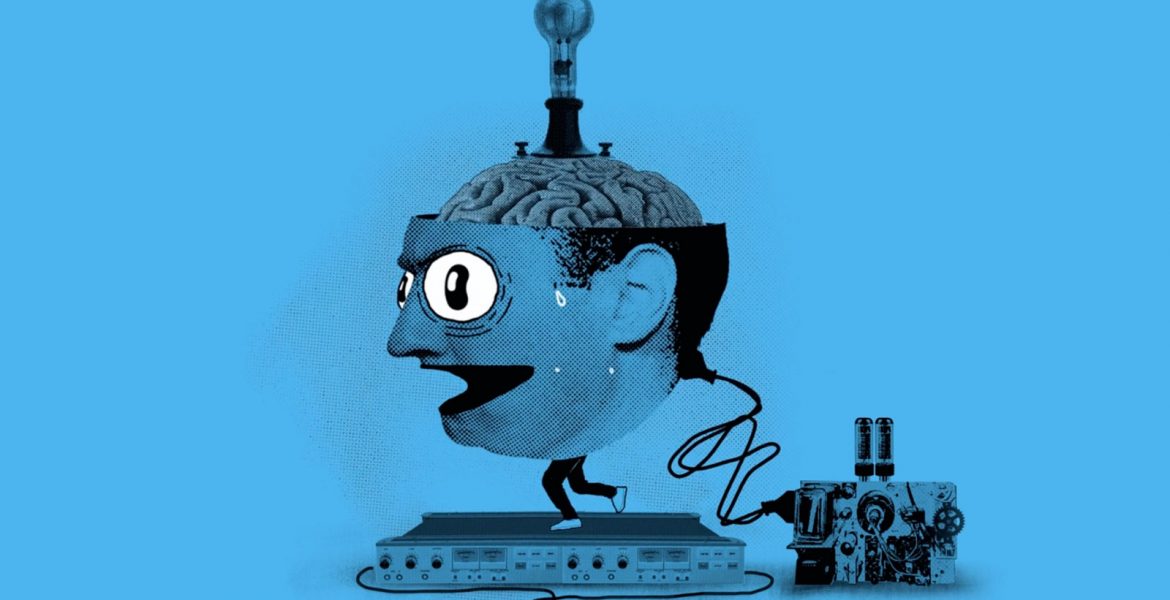A Q&A with Aaron Ray of Legwork
AW360 sat down with Aaron Ray, Partner & Director of Animation at Legwork, a Denver-based, independent creative studio applying animation and technology to create stories and experiences for advertising, entertainment and education. He shared some advice about how to make the best use of animation in the digital era.
Q: There seems to be an ever-increasing demand for animated content in the digital world. What are some of the most noteworthy ways marketers are using animation today?

Animation as a tool opens up so many doors for brands. While it’s very common to use animation as a storytelling device for social ads and commercials, these days we see it being used as a key element of brand guidelines, mobile and desktop games, experiential and OOH screen content, in-store content, animated assets integrated into website interaction, and the list goes on. Animation will give digital experiences a human touch.
Q: What do you feel are the advantages that animation has over live-action when it comes to marketing a product or service?
I believe the options for world-building are much larger. We have so many digital (and traditional) platforms that allow us to extend an animated concept more fluidly than live-action, and without the need for location scouting. Not to mention with every surface of our physical world being covered in screens, it allows for more dynamic environmental design. Animation is magic, it makes the impossible possible, that’s the big advantage in my mind.
 Q: What are the best ways to integrate animation into a brand’s digital touchpoints? How can marketers, as example, use animation to guide consumers through a brand’s online journey?
Q: What are the best ways to integrate animation into a brand’s digital touchpoints? How can marketers, as example, use animation to guide consumers through a brand’s online journey?
It allows brands a more creative way to extend a story when using all of these platforms in a clever way. Don’t get me wrong, we love linear storytelling with animation, but that’s just the start. The ability to break-out and create custom assets from that main piece is where things can get interesting. As an example, you may have a cast of characters in your pre-roll spot, and you might create IG profiles for each of them, and maybe their posts reveal clues to a physical pop-up experience, etc. That’s barely scratching the surface.
I think in the digital age there isn’t as much of a skillset dividing-line anymore, young animators are interested in learning the process of interactive design and development, interactive designers are interested in learning animation.
Q: As with most any medium, I’d assume animation requires a balance, so as not to lead to overkill and fatigue among consumers. How can marketers achieve a good balance when using animation?
If animation is working for a brand and they intend to continue, it could be a matter of utilizing different styles and techniques. For example, if the lack of balance is coming from over-using a hand-drawn illustrated character style, maybe for the next piece they use photo assets, graphic layouts, and typography to take more of a ‘motion-design’ approach. It’s still animation!
Q: I understand Legwork has a pretty unconventional internal organization, staying away from anything bureaucratic and encouraging teamwork at all times. Any advice for creatives on how to organize their teams to keep creativity alive?
From owners down to interns, we all work in a big room together. That means the animation team has access to see and collaborate with the development team, and the development team has access to the animation team. I think in the digital age there isn’t as much of a skillset dividing-line anymore, young animators are interested in learning the process of interactive design and development, interactive designers are interested in learning animation. We saw it coming in 2008 and just let our team form organically from there.


A great read. So pleased to be working with Aaron.